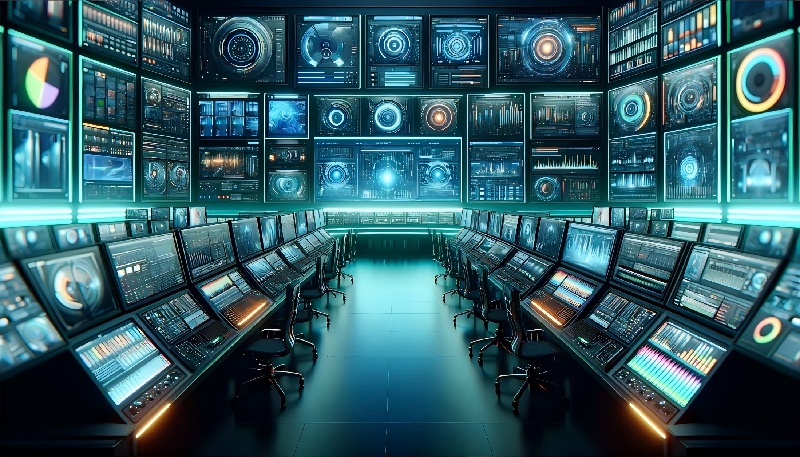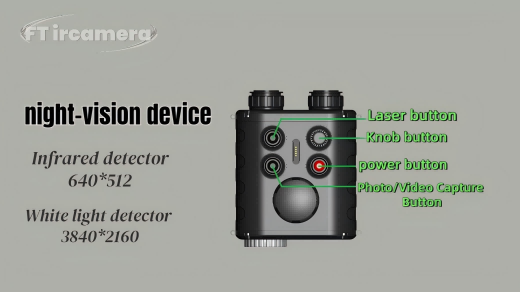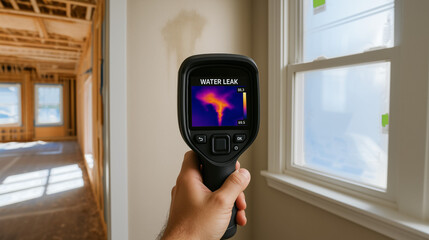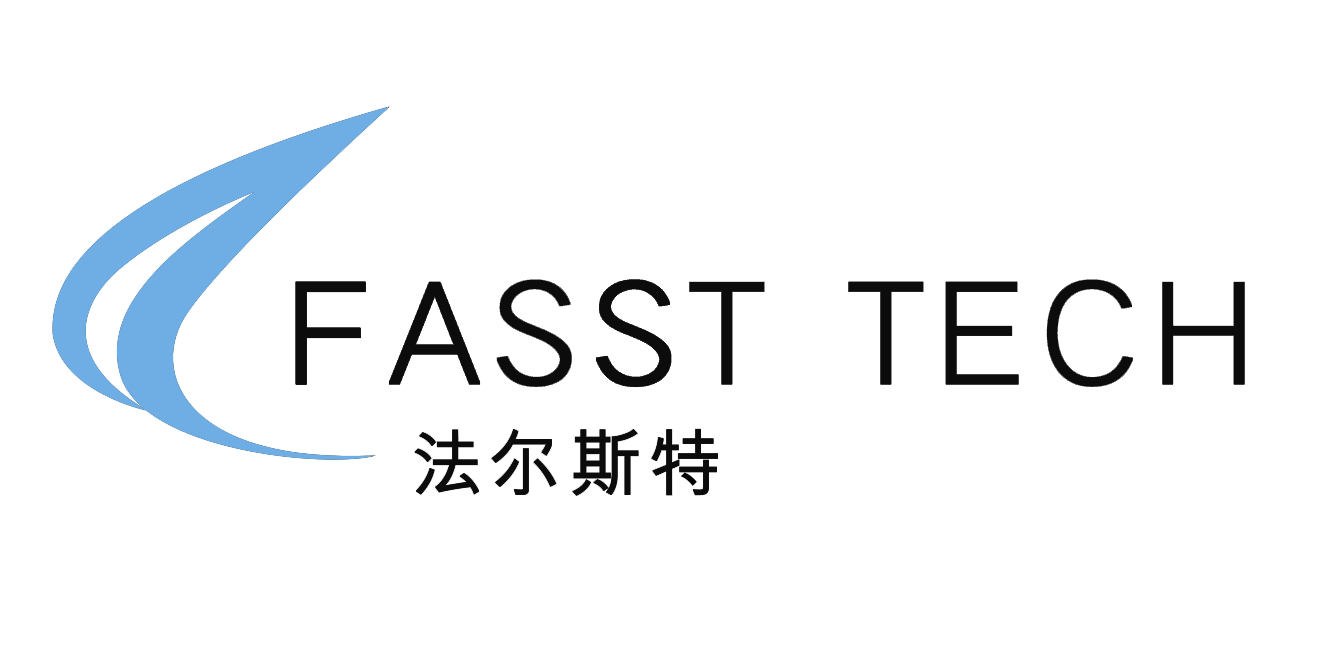Powering AI Hardware
TOP AI Hardware Board
AI Computing Hardware
AI Computing Power
AI Computing power board
Artificial intelligence comes in many flavors, but what sets modern systems apart is their dependence on large amounts of computing power. Take large language models. By predicting text sequences from large corpora of training data, systems like ChatGPT not only discover the rules of natural language, but also learn common sense reasoning and other forms of abstract thought. There’s only one catch: the computing cost required to train a model grows exponentially with its raw capability.
ChatGPT was created by OpenAI, one of only a handful of companies with the technical talent and data centers (courtesy of Microsoft) needed to train frontier models—best-in-class language, image, and audio models that developers can then build apps on through an application programming interface (API). Yet if you want to disparage a start-up founder, just call their new application a “wrapper on GPT-4.” Developers can only get so rich building appendages on a technology that someone else controls. Like a remora fish attached to the underbelly of a basking shark, where goes the API, so goes your company. You have no moat. You are, in a word, replaceable.
AI’s stark implications for market power were brought home last year when a pitch deck from OpenAI’s chief competitor, Anthropic, found its way online.The presentation revealed the company’s billion-dollar, eighteen-month plan to train a frontier AI model ten times more powerful than GPT-4—the digital brain behind OpenAI’s ChatGPT. What caused heads to turn in Silicon Valley, however, was how Anthropic laid out the stakes: “These models could begin to automate large portions of the economy,” the deck reads. “We believe that companies that train the best 2025/26 models will be too far ahead for anyone to catch up in subsequent cycles.”
In the very short run, AI will largely augment the work we already do. Average programmers with a coding copilot can become 10x software engineers; doctors with a medical chatbot can get an instant second opinion; and lawyers can use customized models to draft documents and summarize evidence, letting them take on more clients. Overtime, however, AI is trending toward agent-like systems that surpass human experts at a wide variety of tasks, if not entire categories of work. And while Anthropic’s timeline may be ambitious, it is consistent with independent forecasts that project the arrival of AIs competitive with most college-educated labor around 2026. What happens next is anyone’s guess.
More speculatively, technical breakthroughs in the coming years could render many of the assumptions underlying the compute economy as we now know it obsolete.
We are focus on preparation our AI computing power board series AI PCB, which will have a significant impact on our life and work.
Stay tuned for we will be adding things regularly to this site.


 The Scramble for AI Computing Power
The Scramble for AI Computing Power
 looking infrared camera
looking infrared camera
 About the thermal imaging camera
About the thermal imaging camera


